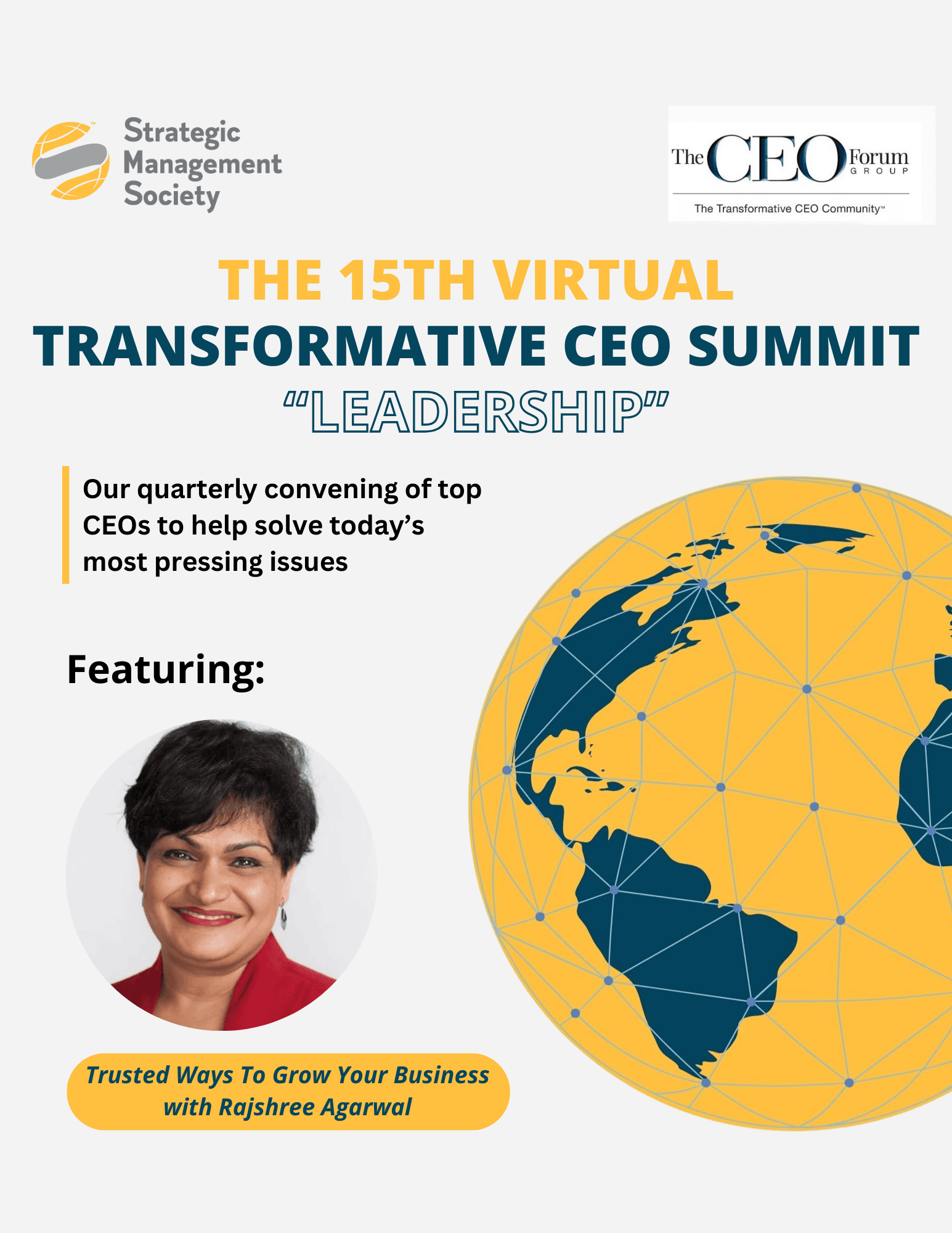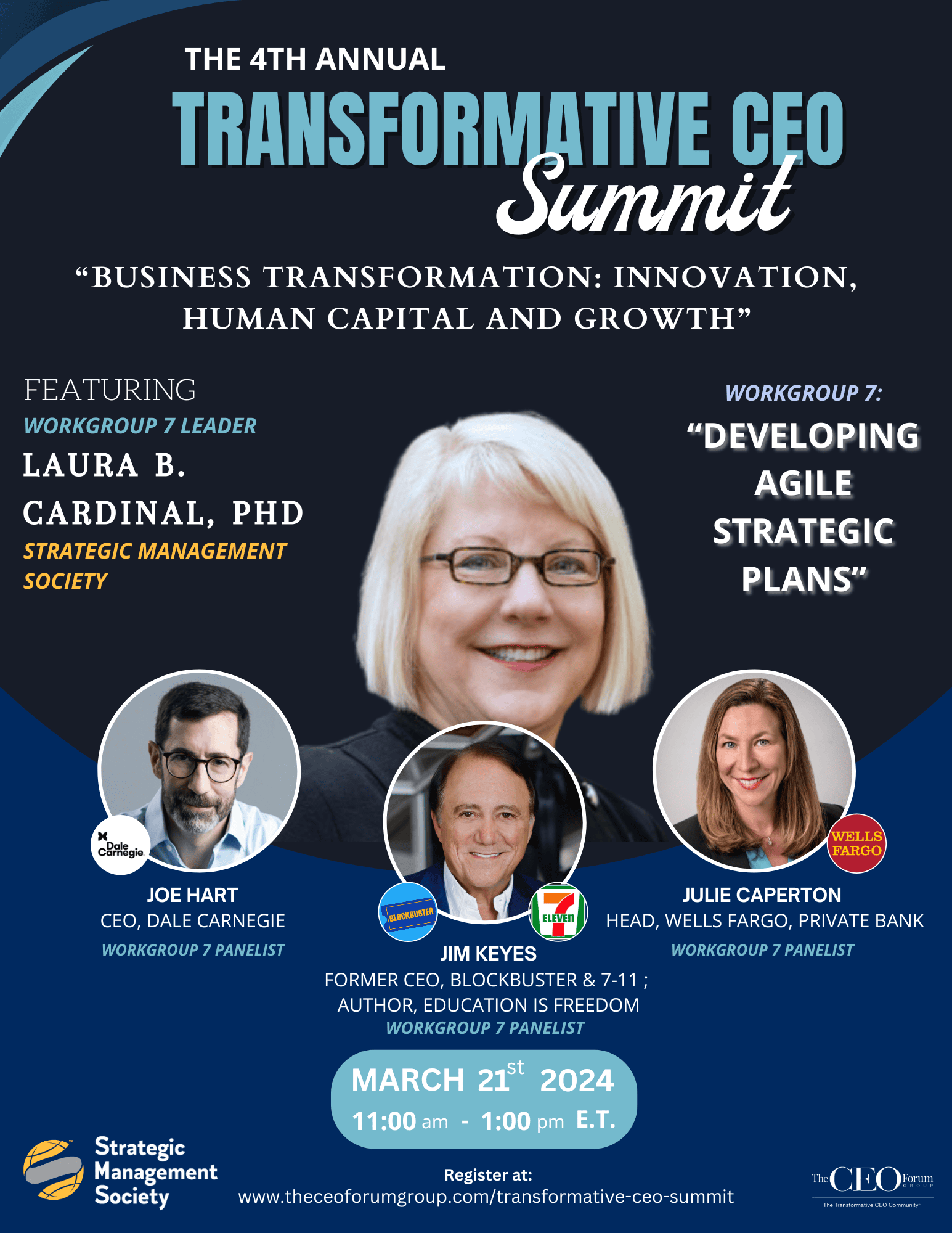Our Objectives
SMS Media Innovations (MI) plays a pivotal role in leveraging digital media to disseminate SMS insights and foster conversations within the strategic management community. Its vision is to enrich global strategic management scholarship by utilizing digital platforms effectively.
To achieve this, the MI team focuses on three main objectives: Promotion, Access, and Discussion (PAD). Through collaborative efforts with the SMS and Wiley teams, Media Innovations develops innovative strategies to promote SMS scholarship and events to both members and non-members, expanding its reach beyond the Society’s membership base.
Improving access to SMS research and community is another key aspect of Media Innovations’ work. By working closely with SMS and Wiley stakeholders, MI enhances the accessibility of SMS resources via user-friendly websites and streamlined email communications, making it easier for individuals to find articles and events and connect with experts.
Additionally, MI fosters discussions on social networks to engage authors, the SMS community, and individuals interested in strategic management. These conversations provide valuable insights and further enrich the strategic management discourse.
Through collective efforts in promotion, access, and discussion, MI contributes to the overall success of the Society and its scholarship, empowering strategic management professionals worldwide.
Leadership
Co-Editors
Social Media Team
Social Media
Stay Connected with SMS on Social Media!
Twitter:
Main Account: Strategic Management Society (@Strategic_Mgmt)
Strategic Management Journal: @SMJ_Jour
Strategic Entrepreneurship Journal: @SEJ_Jour
Global Strategy Journal: @GSJ_Jour
LinkedIn:
The Strategic Management Society
Facebook:
Strategic Management Society (SMS)
SMS Videos
Find more SMS Video content, like recorded webinars, video abstracts, panel discussions, and much more!
Press Releases
The Strategic Management Society takes pride in its contribution to the publication of leading journals that serve as invaluable resources for researchers and practitioners in the field of strategic management. Stay updated through SMS’s latest press releases that highlight noteworthy research in these journals.










